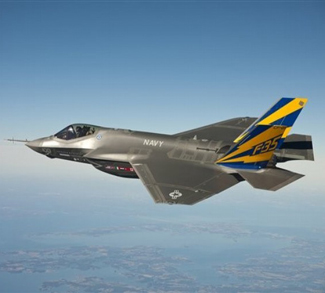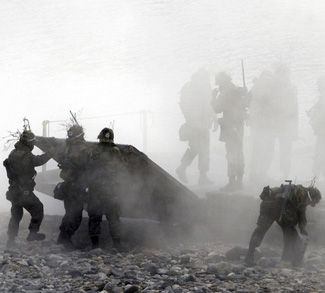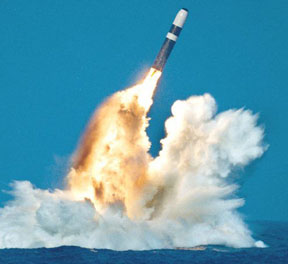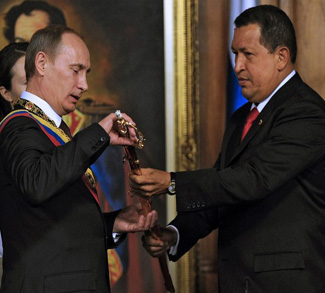It is becoming increasingly hard for Lockheed Martin to weather the din of negative press surrounding the F-35 Joint Strike Fighter as of late. Recently, this din has widened to include: a damning report from the US Government Accountability Office, electoral politicking in Canada, and cold feet in the Netherlands and Denmark.
Chief among the F-35’s problems of late is an annual report on the health of the program which was released last week by the US GAO. The report slams ever-bloating costs (up 26 percent from the 2007 baseline) and ever-widening delivery delays (planes are now set to arrive five years behind the original schedule). It should be noted that fiscal bloat and delivery delays are not insurmountable hurdles in the wider context of US military procurement programs; indeed both have come to be expected. What is damning however is the report’s attack on the actual military viability of the F-35’s current design.
Here’s the important bit: “After more than 9 years in development and 4 in production, the JSF program has not fully demonstrated that the aircraft design is stable, manufacturing processes are mature, and the system is reliable.” In laymen’s terms, the aircraft’s design is still flawed, meaning it cannot be produced en masse, frustrating the dream of a lower price per jet.
Thus the JSF program is facing a crisis. Its costs are getting higher, delays are stretching out delivery schedules, and the future of combat aviation- one that is presumably dominated by unmanned aircraft- is also drawing closer.
Questions of quality and budgetary drift are not going unnoticed by international stakeholders in the JSF program. In Canada, a higher per-plane cost estimate from a Washington think-tank called the Centre for Defense Information served to officially anoint the JSF program as a contentious issue in the Canadian election. Canada’s Liberal Party is campaigning on a platform of pulling out from the purchase of 65 F-35s, a stand that is also being echoed by the further-left New Democrat Party. Given the fact that the Canadian military is in desperate need of a new air combat platform to replace its aging fleet of CF-18s, this case goes to show that there are serious doubts in the long-term viability of the F-35 program.
Across the pond, the Dutch parliament has also come down against the JSF, deciding to postpone a decision on whether to buy F-35 fighters until 2014. It seems that this move came in response to rising costs in the program. The governments of Norway and Australia have also pulled back from earlier commitments to buy JSFs in bulk. In short, they would rather wait and see if cost and design issues will be resolved before committing to such an expensive platform.
Thus the JSF program finds itself surrounded on all sides. As an international consortium of stakeholders attempting to reduce manufacturing costs, it is locked in a cycle of infectious uncertainty; the more partners pull out, the higher the per-unit cost becomes, and thus more likely that another partner will pull out. In the United States itself, JSF stands as an abyssal military procurement program, a black hole of public funding, and the case in point that Defense Secretary Robert Gates has set out to shut down in the name of fiscal efficiency.
Can the JSF survive all of this? Only time will tell, but in an international environment that is sure to be characterized by fiscal austerity over the next two decades, the answer could very well be no.




